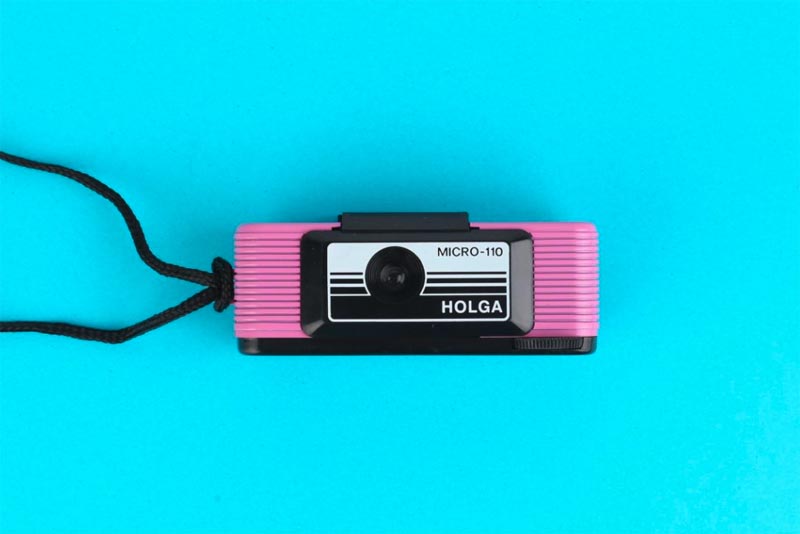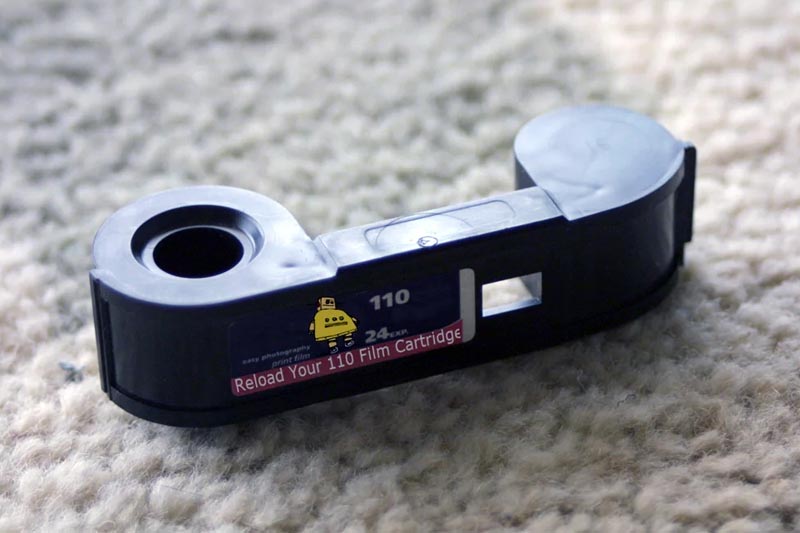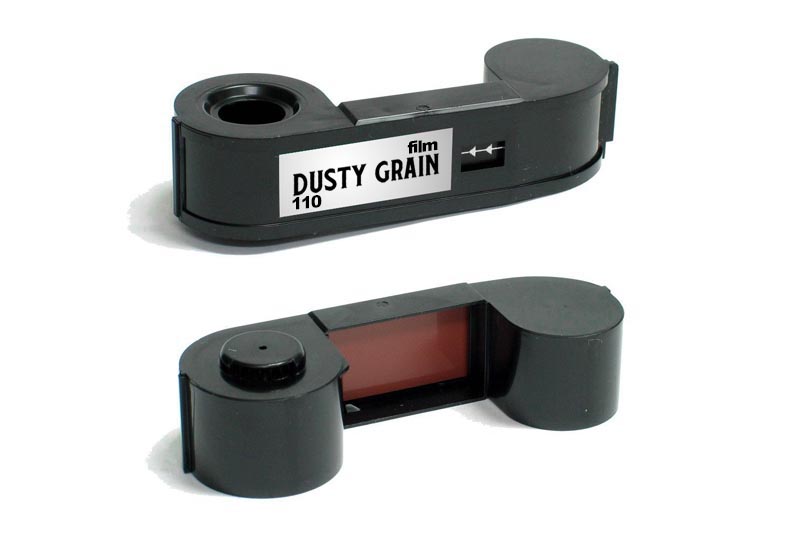The 7 Best 110 Cameras of all time!
Last Updated on December 16, 2022
There is a great value of 110 film format cameras, many that are already classics in the niche and new brands that want to fill the current gap.
Let’s review the origins of this format and see a little the evolution that this format has had in terms of cameras.
Table of Contents
1. The Kodak pocket Instamatic 100
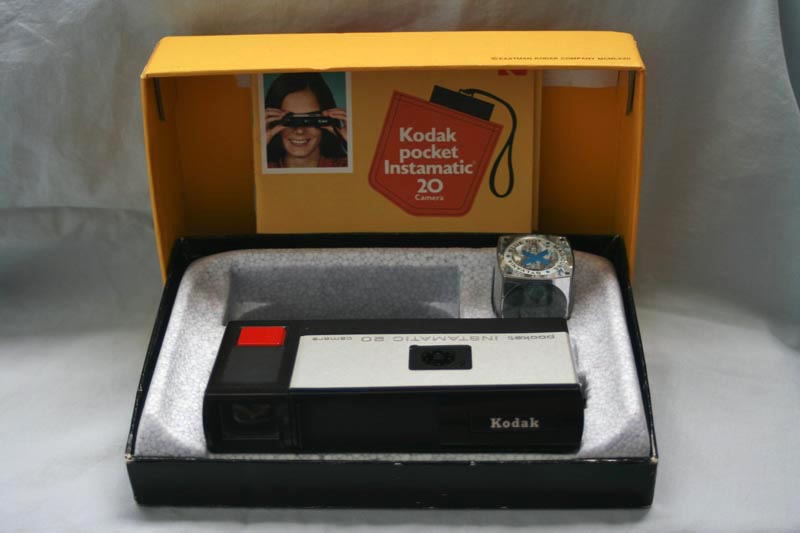
Instamatic is an immediate success. From 1963 to 1970, more than 50 million Instamatic cameras were produced, in format versions 126 and 110.
Kodak even donated a considerable number of tickets during a joint promotion with Scott paper towels in the early 1970s in order to attract a large number of new photographers and to stimulate persistent demand for its film business.
A series of new Instamatics were introduced in 1970 to take advantage of the new Magicube flash memory technology. Magicubes uses a mechanically triggered pyrotechnic detonator for each bulb, which is an improvement over the flash cube in that it eliminates the need for batteries.
Instamatics with Magicube sockets are indicated by “X” in the model number (for example, X-15 or 55X).
Kodak Ektramax: The Instamatic evolution
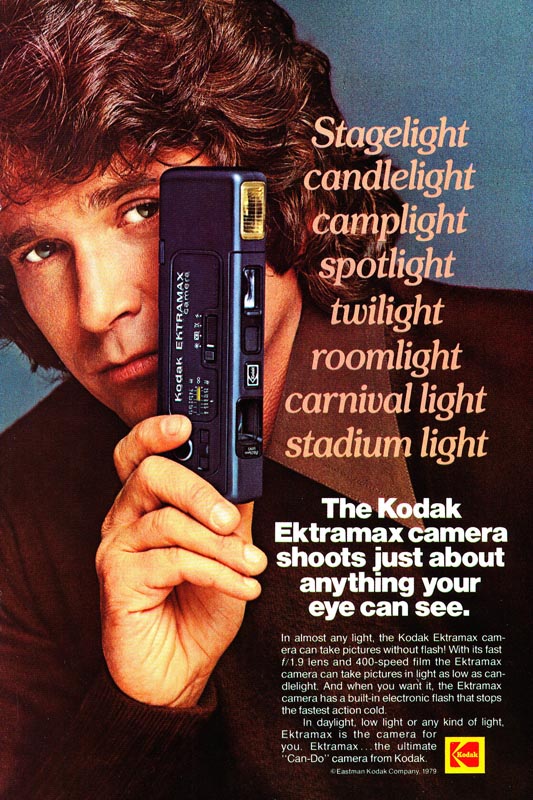
A high-spec camera made in the United States (focus height is at the top of the camera, starting at 4 feet) is mirrored in the viewfinder through a set of symbols. The exposure guide is printed on the base of the camera, suggesting which exposure mode to use under current conditions.
Although it was not so popular because the label was no longer the “Instamatic” ahead, it was a relevant camera because it wanted to push the performance of a “pocket” camera a bit more, since it had a lens of 25mm and an aperture of f / 1.9, plus speeds ranging from 1/30 to 1 / 320th / sec, a good balance for all kinds of situations.
Later we would see versions like the Kodak Tele-Ektralite 40, also focused on going further, offering a zoom lens of 22-42mm (f / 5.6) with speeds of 1/100 – 1/500 / th / sec, especially for situations of good light but with the slogan “freeze the moment”.
2. Canon 110 cameras
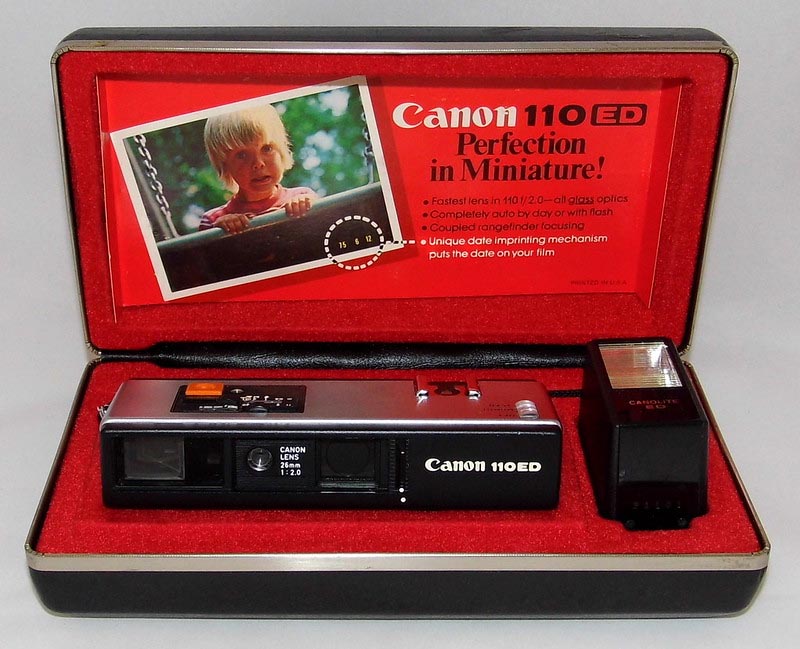
Canon certainly influenced the popularization of this format a lot, probably relegating the Instamatic to a secondary position in the market.
They launched 3 models of 110 format, aimed at a popular public, where in no way the intention was to offer something else that the Kodak version was not offering. The 110E, 110ED, and 110ED 20 models were released from 1972 through the 1990s.
The 110ED was one of the best-selling models, it has a 26mm f/2 lens with 5 elements in 4 groups. The large aperture and the coincidence rangefinder improve the focusing performance. For exposure control, there is aperture priority EE. The camera also has a built-in date printing function.
3. The Voigtländer Vitoret 110 EL

EL is the electronic version of its predecessor, Voigtländer Vitoret 110. The camera was developed in 1975 by the famous camera engineer Heinz Waaske. It is an unremarkable “Ubiquitous Camera“. EL was launched in 1978 by Rollei.
Compared with many competing products of other camera manufacturers, it is very small and elegant. Its controls are the shutter release button, the weather type switch, and the switch for opening and closing the metal cover of the lens and viewfinder. The opening shifter also advances the film.
The camera is equipped with a hot shoe for modern flashes. The flash attached to the camera should be as narrow as the camera body. Its connector is hinged, so there is no need to put the camera with flash in a long pocket. The camera can also use another flash unit for the flash cube.
4. Minox 110 S
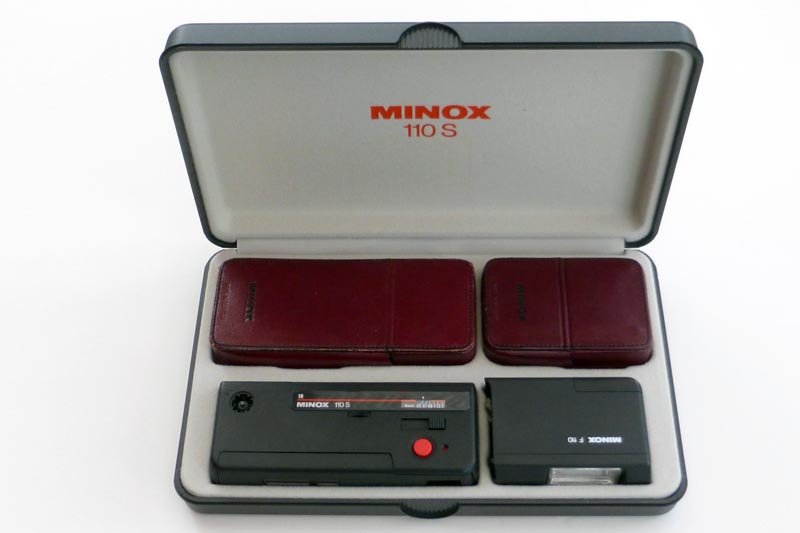
Minox 110 S is an ultra-compact 110 format camera introduced in 1975. This slim compact camera was first shown to the public on Photokina in 1974 along with the revolutionary Minox 35 EL. The 110 S is produced by Balda on behalf of Minox.
It has the same replacement life as the Balda 1000, but the lens is different. In a sea of cheap 110 cameras like Kodak’s Pocket Instamatic series, the quality of the Minox 110 S is surprising. Despite the plastic structure, nothing feels fragile or cheap.
5. Pentax Auto 110 Super Camera
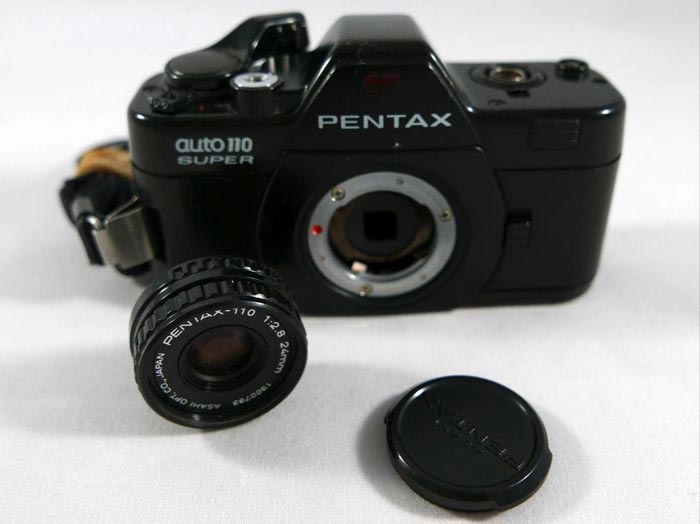
In 1978, Japanese camera company Asahi Pentax introduced Pentax Auto 110, an SLR camera that uses 110 film and has three interchangeable lenses. The entire system is still called Pentax System 10, although many advertisements only use the name of the camera or Pentax-110.
Pentax also launched a second version of this type of camera, the Pentax Auto 110 Super. A Single Lens Reflex camera with a range of interchangeable lenses with focal lengths such as 18mm, 24mm, 50mm, a 70mm telephoto lens and also a 20-40mm zoom lens.
Many other manufacturers have also tried to use their 126 cameras to take advantage of the popularity of Instamatic, including Canon, Olympus, Minolta, Ricoh, Zeiss Ikon and Rollei among others.
There were also advanced models of cameras focused on advanced users of this format, the most important were Pentax and Minolta, which saw a void and an opportunity to offer something different than what already existed.
6. Minolta 110 Zoom SLR
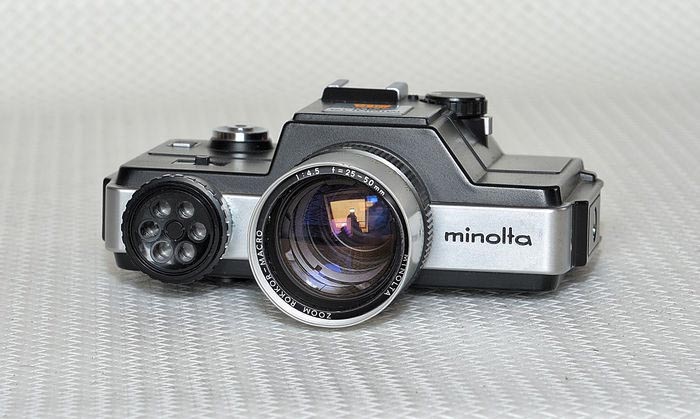
Minolta made two attempts to provide a SLR camera for the 110 pocket film format. One looks more like a traditional SLR camera, and the other is the Minolta 110 Zoom SLR camera, which has a built-in 1:4,5/25-50mm zoom lens.
The aperture selector is not part of the lens. Instead, place it around the eyes of the light meter. The light meter only controls the shutter speed. The top of the camera is a hot shoe for the flash. Another “pocket SLR” is the Minolta 110 Zoom SLR MARK II equipped with a 1:3, 5/25-67mm macro zoom lens.
7. Mamiya 16 Automatic
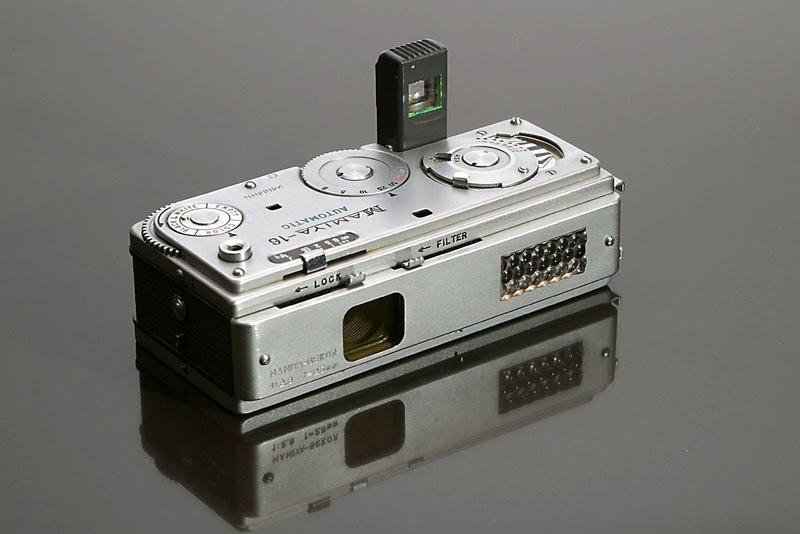
The Mamiya 16 Automatic is an ultra-compact viewfinder camera that can shoot 10x14mm images on 16mm film. It was made in Japan by Mamiya and launched in August 1959.
It has a foldable optical miniature viewfinder, a built-in selenium meter and an analog calculator for exposure settings related to aperture. The other selectors are the shutter speed thumbwheel, the film type reminder, the distance setting shifter and the shifter for setting the yellow filter in front of the lens.
More 110 Film Format Cameras
In this post we have reviewed the most relevant 110-format cameras that have influenced a variety of cameras that still exist today and brands that in recent years have revived this format by offering fresher models adapted to our times.
In another post we will talk about these new brands and these new models of 110-format cameras that are causing the talk and are forging a new wave of fans of this format.
